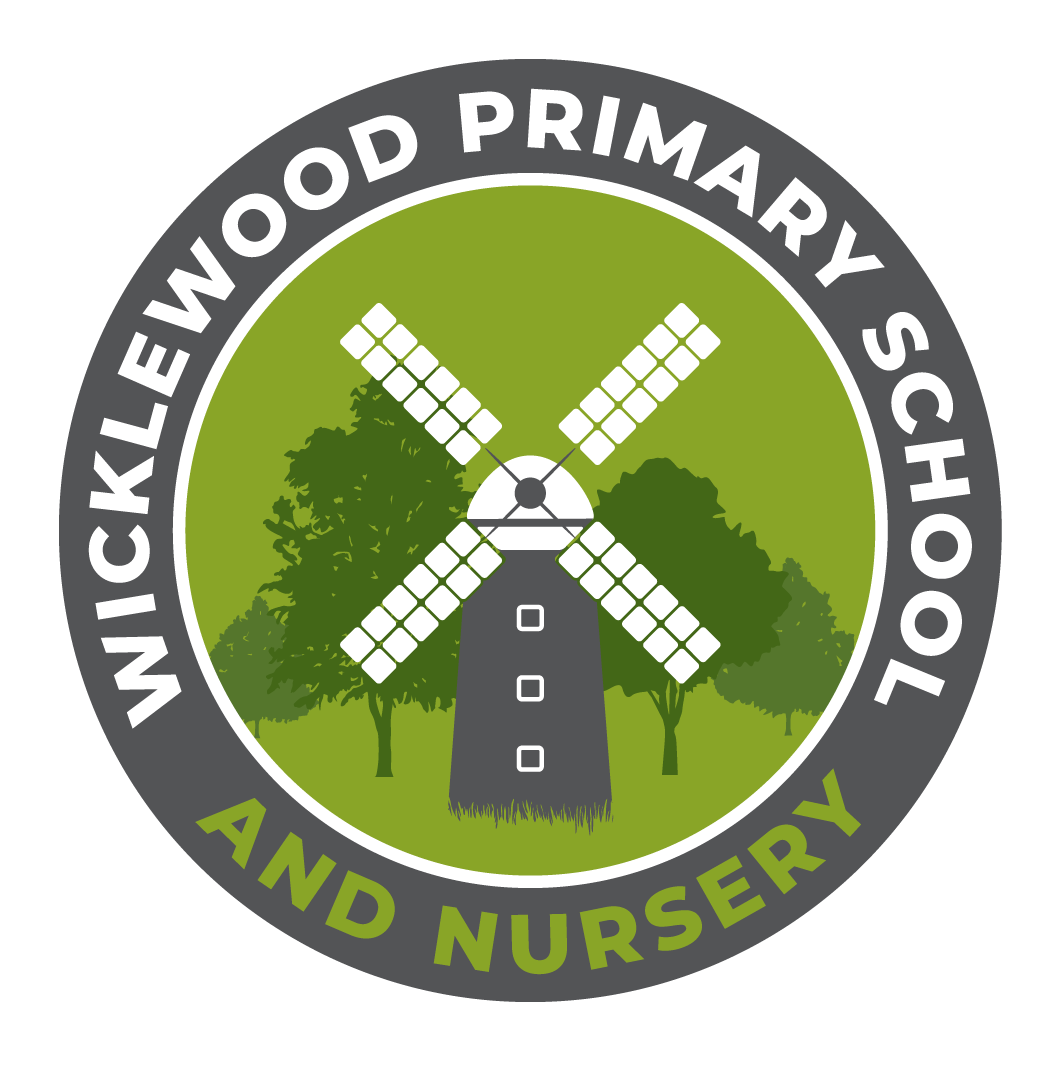Art & Design
Intent:
- For all children to find enjoyment and creativity in art.
- For all children to experiment with a variety of artistic techniques and materials to express their feelings and ideas.
- For all children to value their work and the work of others, and to discuss their work using appropriate critical vocabulary.
- For all children to develop the appreciation of a wide range of diverse artists and artworks.
Implementation:
At Wicklewood we use Access Art to support our Art & Design lessons. This allows our art curriculum to provide a clear and comprehensive scheme of work for each year group in line with National Curriculum standards. Planning is based around the AccessArt curriculum which links to genres, elements and artists, giving children a broad and balanced experience in each scheme of work. They learn about traditional, modern and contemporary artists to ensure that the curriculum covers a diverse range of cultures, genders, styles and media.
- Early Years Foundation Stage - Children are given the opportunity to explore texture, colour, shape, form and space. They develop their imagination and creativity and begin to investigate different materials and techniques. They may begin to express their emotions and ideas in their art.
- Key Stage 1 - Children develop their artistic skills further through increasing their knowledge and understanding of materials and techniques as well as their own identity and experiences. At this stage pupils use colour, shape, pattern and texture to express their emotions and ideas. They begin to ask questions and learn about other artists and art from different cultures. They explore how and why art was made, what it was made from and begin thinking about the artist's purpose in creating the piece.
- Key Stage 2 - Children develop their creativity further by increasing their knowledge, skills and understanding of materials, processes and techniques. Children's experiences at this stage enable them to understand the diverse functions of art in the wider world. Children learn to select and improve their use of artistic tools and become confident in using a variety of techniques. Additionally, children will increase their awareness of the purposes of art from historical periods and begin to ask themselves about the creation process, materials, purpose and significance of a variety of art works.
Impact:
All children will benefit from a high-quality art education which engages and inspires them to develop a love of art and to recognise their potential as artists. They can discuss their learning and use technical vocabulary and skills. Their progression in these skills can be seen by looking through their sketchbooks. As children move through the school, they will develop a growing artistic vocabulary and insight that allows them to engage critically with art. Teaching and learning of art is a reflective process that allows children the opportunity to assess themselves and their peers, as well as the chance to receive constructive feedback on their work. The children will also celebrate their success and skills with their teachers, peers and wider audiences.
We monitor the impact of our art provision through formative teacher assessments, verbal feedback during lessons, consistent sketchbook usage, peer and self-evaluation, and end of unit whole class art crits.
